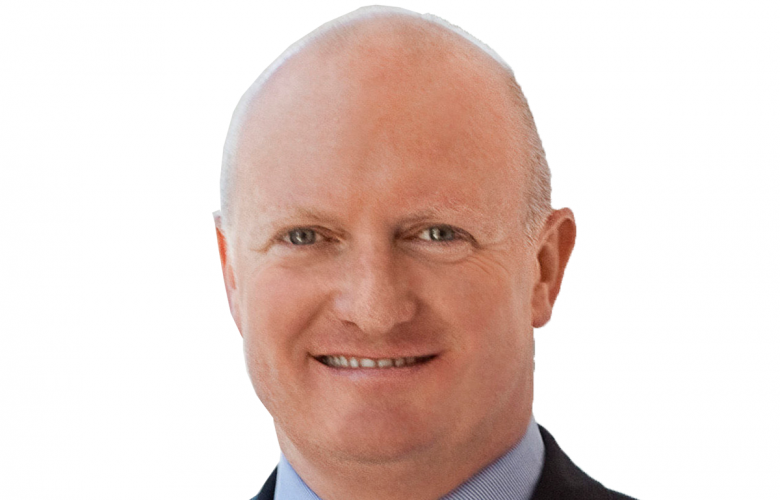Retail investors becoming more cautious - JLL
Contact
Retail investors becoming more cautious - JLL
JLL’s annual Australian Shopping Centre Investment Review and Outlook 2019 states that investors are becoming more cautious towards retail fundamentals, particularly regarding income sustainability and capital intensity.
Retail investors will be more selective about what they buy in 2019, according to JLL.
The agency released its Australian Shopping Centre Investment Review and Outlook 2019 on Thursday, January 31, indicating there would a renewed focus on retail fundamentals from buyers this year.
It comes after Australian retail investment volumes hit the third highest level on record for 2018.
JLL Head of Retail Investments Simon Rooney said he expected buyers to narrow their investment strategies going forward.
Australian Shopping Centre Investment Review and Outlook 2019 - at a glance
- Transaction levels: Sales volumes remain elevated, with 2018 recording the third highest level of transactions on record at $8.1 billion.
- Highly selective strategies for 2019 to continue, based on emerging value and the outlook for retail spending.
- The transfer from listed to institutional unlisted ownership of retail assets is expected to continue in 2019.
- Pricing for core retail remains firm and strong performing assets are keenly pursued by a narrowing range of domestic and international capital sources.
“Interest continues to remain strong for Australia’s retail assets because investors can see the value that currently exists due to a number of combining factors, including asset pricing, positive drivers for retail spending and the emerging relative value of yields compared with other asset classes," he said.
“The widening yield spread between retail and other sectors is likely to encourage some multi-sector investors to re-evaluate opportunities in the retail sector in 2019, particularly if retail spending growth improves.
"We are seeing owners, primarily AREITs, become more focused on smaller, more refined, portfolios of retail assets to maximize returns."
JLL research revealed annual transaction levels have been above $6 billion for the past seven years, demonstrating increased liquidity and demand.
According to the report, two major acquisitions by Scentre Group and SCA Property Group drove most of the investment activity for retail in 2018, accounting for 80 per cent of acquisitions by AREITs.
Mr Rooney said that, overall, the availability of investment product was higher in 2018 than previous years, with a number of "off market" opportunities.
“The type of shopping centres sold in 2018 was relatively evenly split between the major shopping centre formats – sub-regional (25 per cent), neighbourhood (23 per cent) and regional (21 per cent)," he said.
"However, sub-regional activity increased notably in 2018, with transactions almost doubling from $1.1 billion in 2017 to $2 billion in 2018."

Trend of privatisation of retail assets to continue in 2019
AREITS and private investors were the major sources of investment product in 2018 and both groups were active on the buy and sell side of transactions, with total acquisitions largely offsetting disposals in 2018.
However, analysis over the past five years shows AREITS have been net sellers of $1.2 billion of assets, while unlisted funds have been net buyers of $4.6 billion.
Offshore investors were less active in 2018 than previous years, but acquisitions were still high by historical standards in value terms.
Mr Rooney said JLL expected more retail assets will transfer from listed to institutional unlisted ownership in 2019, as AREITs continue to refine their portfolios and unlisted funds continue to grow their exposure to retail.
“We expect that major unlisted funds will remain the main buyers of retail assets in 2019. However, we think they will be less driven to acquire than in previous years given that returns for core retail have compressed," he said.
“Core assets still meet the required return hurdles for unlisted funds, but the spread between required returns and assessed IRRs is narrow."
Demographic drivers provide long term upside potential for retail spending
JLL Retail Research Director Andrew Quillfeldt said the signs of a small rebound in retail spending in the second half of 2018 was a positive for the retail market, while the age distribution of the population is likely to be supportive of retail spending over the next 10 to 15 years.
“While there are still a range of cyclical headwinds, the short-term outlook for retail fundamentals has shown some positive signs," he said.
"The short-term outlook for retail turnover and leasing is linked to wage growth and a recovery in wage growth has begun.
"Retail turnover growth started to accelerate between July-November last year."
Mr Quillfeldt said while a rebound in wage growth would be a catalyst for a more sustained recovery in retail spending, a subdued housing market may "offset the impact of the improvement" in household income.
Similar to this:
'Solid' investment expected to continue this year






